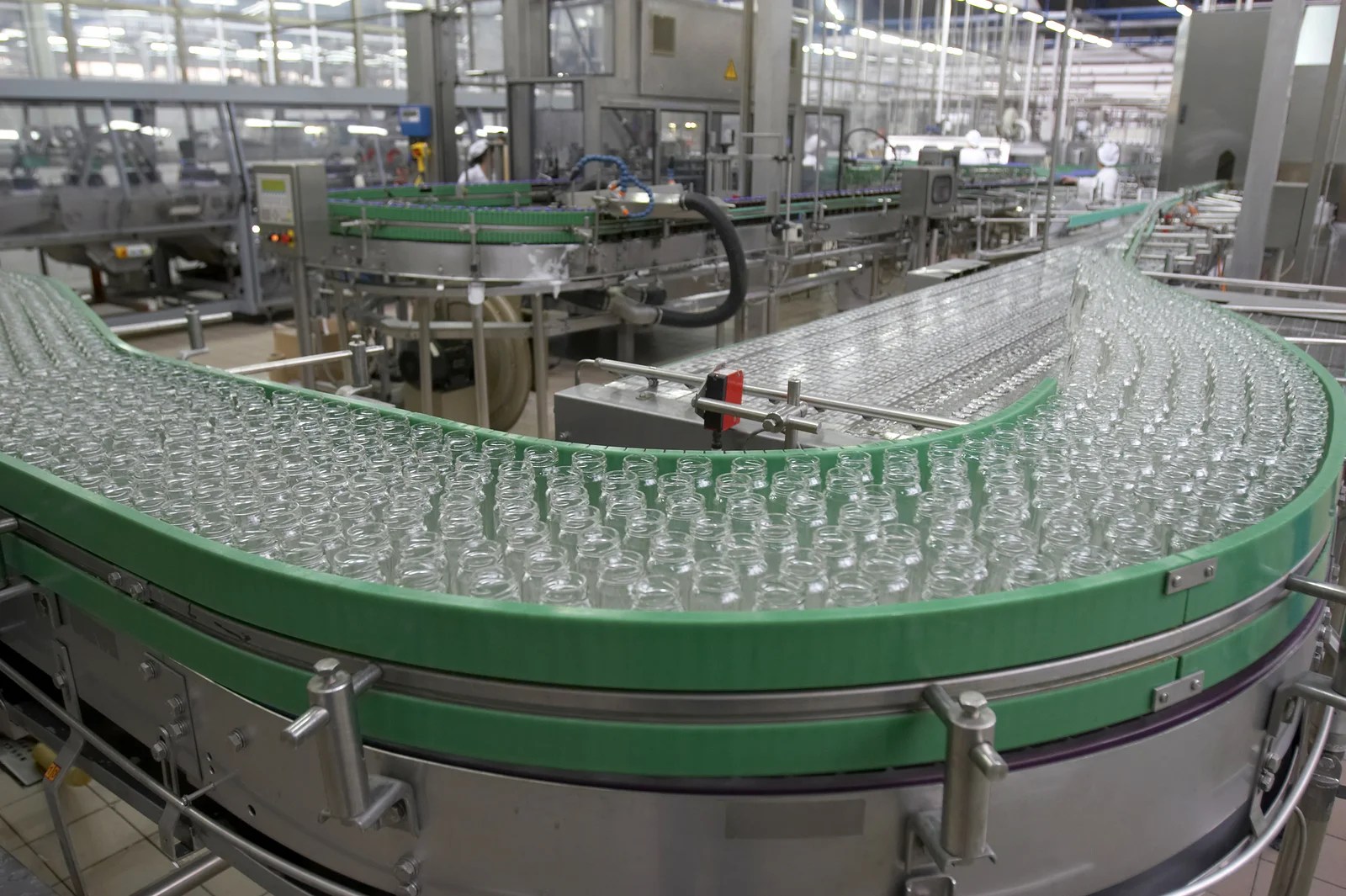Twelve million dollars buys a lot of raspberries. Even if they are organic. In August 2019, a $12m shipment of (supposedly) organic raspberries was intercepted at the Chilean border, as they were being exported to Canada. They were accompanied by fake organic declarations and fraudulent paperwork claiming they were grown in Chile.
It was an all too common occurrence; organic food fraud, committed by criminals to profit from the higher prices consumers will pay for organic, “clean” produce. The raspberries were not grown in Chile; they had been shipped all the way from China; imported to Chile so the fraudsters could pretend they were locally grown.
And they were not organic.

Sales of organic food have increased since the global corona virus pandemic started. Sales in the USA were up 50% in March 2020. An Organic Trade Association poll of “likely organic shoppers” found 90% of respondents think buying organic has become more important because of the virus, presumably because of an increased focus on health and healthy eating.
Sales of organic food are increasing year on year. In 2019, American consumers bought $55.1 billion worth of organic food, up on the previous year by 4.6% .
As organic food becomes ever-more popular, frauds like the raspberry heist are becoming more common. It is impossible for a consumer to know whether food is authentically organic or not. This makes organic fraud easy for criminals to get away with. Organic foods are one of the food types most frequently affected by food fraud, according to the Decernis Food Fraud Database.
The good news for the USA is that after many years of criticism of its organic program, the Department of Agriculture (USDA) is making a visible effort to reduce fraud in the organic supply chain. In fact, they are proposing new rules that aim to strengthen control systems, improve traceability for organic produce, and increase enforcement of the USDA organic regulations.

How to protect your business from organic fraud
If you have a food business that buys or sells organic food, you are at risk, now more than ever. Global supply chains have been disrupted by the pandemic and these disruptions mean many suppliers are struggling to deliver foods that meet specifications. It is tempting for wholesalers and distributors to substitute conventionally-grown produce for organic to make extra profits, or simply to allow them to fulfill customers’ orders.
Step 1: Become aware
Don’t be blind to the risks. Organic fraud happens more often than most people realise. Would you be able to tell the difference between an organic raspberry and a conventionally grown raspberry? Probably not. If criminals in Chile found it profitable to transport fake organic raspberries right across the globe before the pandemic, you can bet they are even more motivated to perpetrate fraud in the current economic climate.
Step 2: Educate yourself
If you own a food business, educate yourself about the risks. Learn about organic fraud; how it is perpetrated, what it looks like.
Michigan State University and the USA Organic Trade Association have published a free online course in Organic Fraud Prevention. It is US-centric but contains fraud detection and prevention strategies that can be applied anywhere.
Step 3: Assess your ingredients and products
Make a list of the organic food ingredients or food products that your business purchases. For each item on the list, ask yourself the question: “Can I be sure this is really organic?”.
Right now, you probably rely on verbal assurances from suppliers or pretty logos on packaging or invoices. That’s a fool’s game.
Instead, seek proper documentation from suppliers: request copies of organic certificates and cross-check them against invoices and labels. Or take a minute to research the certifications and logos on labels. All reputable organic certification bodies maintain a list of certified products or suppliers that you can check online. If the product or grower has a genuine organic certification, you will find it listed on the certification body’s website.
Unfortunately, it’s not uncommon for food companies to use organic logos without having the proper certifications. Always check.
You can also check the list of fraudulent certificates on the USDA organic program website.
If your business operates a food safety program it should already have a food fraud vulnerability assessment. Review that assessment. All organic foods should be rated as “vulnerable” in the vulnerability assessment and they must have appropriate mitigation strategies applied to reduce the risks.
Step 4; Take steps to reduce the risk
If you can’t be sure of the authenticity of the ingredients or products you are buying (and selling) you only have two choices:
(i) change your supplier to one with a properly certified organic program, or
(ii) stop making organic claims about the products you sell.
To do anything else puts you at risk of inadvertently committing food fraud, which is a criminal offence.
Consumers are buying more organic foods than ever before. At the same time, the unstable global economy makes fraud more tempting and supply chain disruptions provide extra opportunities for criminals. Organic food fraud puts your business and brands at risk.
Now is not the time for complacency; stay alert and keep your brands safe.







